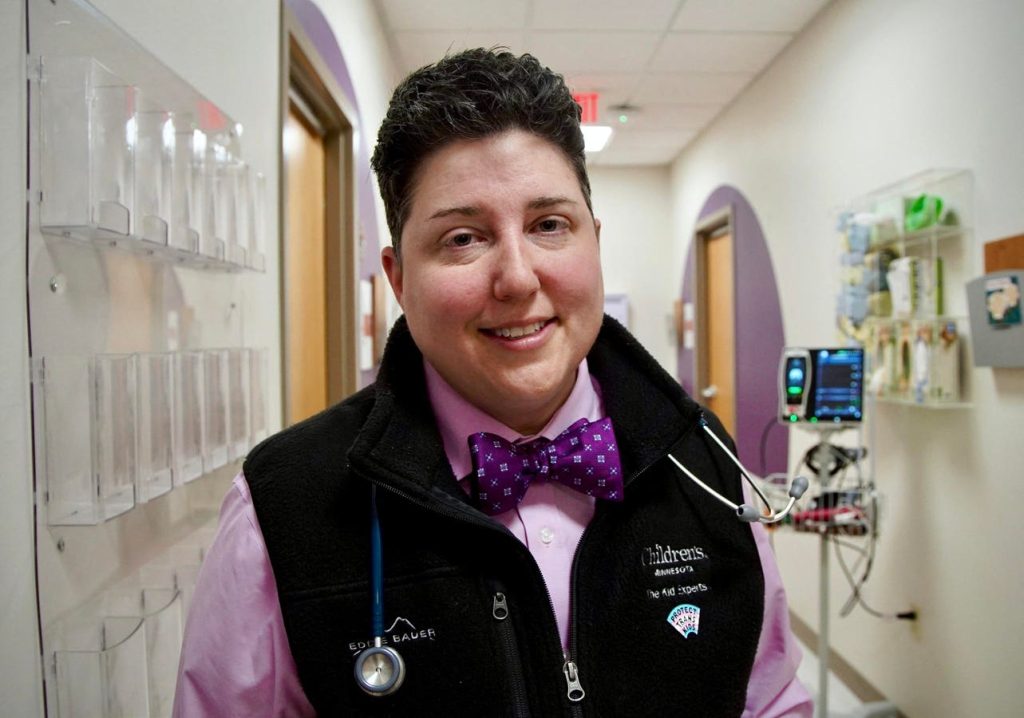In the U.S., a politically partisan divide is shaping up between states that allow for and guarantee access to youth gender-affirming care and states that ban such treatment altogether. Twenty-two states have passed bans on the use of cross-sex hormones, puberty blockers and surgery in minors.
In Europe political divisions on this topic aren’t nearly as conspicuous as they are in the U.S. Rather, the debate is much more fact-based. An increasing number of countries have conducted systematic reviews of evidence to determine the benefits and risks of puberty blockers and cross-sex hormones. And the findings from these reviews—that the certainty of benefits is “very low”—have informed changes in policy regarding treatment of gender incongruence in minors. While European health authorities aren’t instituting bans on treatment, currently minors in six European countries—Norway, U.K. Sweden, Denmark, France and Finland—can access puberty blockers and cross-sex hormones only if they meet strict eligibility requirements, usually in the context of a tightly controlled research setting.
Unlike Europe, there doesn’t appear to be a middle ground in the U.S. Instead the discussion on trans care for youth is polarized, with dueling diametrically opposed viewpoints. It’s either provide access to a full set of services, including pharmaceutical interventions, without reservation and cite existing evidence as if it’s settled science, or prohibit therapy entirely.
Europeans adopting a more cautious approach to care for gender incongruent minors are basing their decisions on evidence-based medicine rather than politics. Specifically, there are concerns about the risk-benefit ratio in regard to administering transitional treatments. In turn, this has led to a “reassessment of clinical practice guidelines” which now generally narrow eligibility for care of gender incongruence to research settings.
In March, for example, the Norwegian Healthcare Investigation Board announced it would revise its current clinical recommendations. The updated guidelines restrict the use of puberty blockers, cross-sex hormones and transition-related surgery to clinical research settings.
The British National Health Service announced last year an interim policy which maintains that “puberty-suppressing hormones should not be routinely commissioned for children and adolescents” outside of research settings, citing the “significant uncertainties” surrounding the use of hormone treatments.
Among the reasons for shutting down the Tavistock’s Gender and Identity Development Service in North London in 2022, physicians reported concerns that some patients were referred to a gender transitioning pathway too quickly. Hilary Cass, who led an independent review of gender identity services for youth, said there was “insufficient evidence” for her to give any firm advice regarding the routine use of puberty blockers. She advised the NHS to “enroll young people being considered for hormone treatment into a formal research protocol.”
A 2022 report commissioned by the Swedish government concluded that the “scientific basis is not sufficient” to continue to conduct hormone treatments on children without further research. Health officials stated that puberty blockers, hormones, and mastectomies should only be used in “exceptional cases,” as the risks are likely to outweigh benefits. Current clinical practice guidelines indicate healthcare providers will prioritize psychotherapy and “reserve hormonal interventions for extreme cases.”
A marked shift in policy this year has meant that in Denmark most youth referred to the centralized gender clinic no longer get a prescription for puberty blockers, hormones or surgery. Rather, they receive therapeutic counseling and other support services.
In France, the Académie Nationale de Médecine in February 2022 recommended the “greatest reserve” when considering puberty blockers or hormone treatments. The academy warned that the risk of “over-diagnosis” is real and urged caution when evaluating patients.
Finland was among the first countries to adopt the so-called Dutch Protocol for pediatric gender medicine. In the 1990s, Dutch gender specialists began laying the foundation for a comprehensive manual, if you will, for providing gender-affirming healthcare for minors. As it was envisioned, the Dutch Protocol laid out a set of criteria for treatment eligibility. There needs to be a documented early childhood onset of gender dysphoria, increase of gender incongruence after pubertal changes, absence of significant psychiatric comorbidity and demonstrated knowledge and understanding of the consequences of medical transition. Treatment with puberty blockers can only be initiated starting at the age of 12. Interventions with clearly irreversible effects, which include cross-sex hormones and surgery, are not available until ages 16 and 18, respectively. Should patients go through with the transitioning process, all youth are provided with psychotherapy throughout.
Described as a “careful and cautious approach,” it was devised by clinicians and documented meticulously from the late 1990s, through 2012. By 2015, however, Finnish gender specialists were noticing that most of their patients did not meet the Dutch Protocol’s relatively strict eligibility requirements for drug treatments.
After years of additional research, a public health body in Finland recommended that minors experiencing gender dysphoria first be provided with psychological support and, if further medical treatment is pursued, that the patient be made “aware of the risks associated with them.”
Ultimately, this gave rise to Finnish health authorities conducting systematic reviews of evidence for the benefits and risks of hormonal interventions. Subsequently, the findings from these reviews suggested that studies cited in support of hormonal interventions for adolescents are of “very low” certainty. In turn, this led to the placement of severe restrictions on access to hormones.
Even in the Netherlands, where practice guidelines haven’t been revised yet, in an article published in February of this year the author concluded that “more research on sex changes in young people under the age of 18 is urgently needed,” in particular, referring to the importance of examining the long-term effects of “medicalized” transgender care.
What is remarkable about the article is that it quotes extensively from one of the original members of the Dutch team of researcher-clinicians who pioneered the use of puberty blockers in children with gender dysphoria more than two decades ago.
Furthermore, recent data analyzed by Dutch clinicians has given them pause about just how watertight the Dutch Protocol is. They observed that upon monitoring, some patients who transitioned under a strictly adhered to version of the Dutch Protocol appear to have substantial reproductive regret, body shame and sexual dysfunction. In December 2022, these preliminary findings were presented by Dutch experts at the World Professional Association for Transgender HealthWPATH Symposium.
All things considered, according to European health authorities and medical experts, there isn’t yet a medical consensus for the use of pharmaceutical and surgical interventions in gender dysphoric minors.
And so authorities are “tapping the brakes,” shifting from care which prioritizes access to pharmaceutical and surgical interventions, to a less medicalized and more conservative approach that addresses possible psychiatric comorbidities and explores the developmental “etiology” of trans identity.
In the U.S., on the other hand, talk of introducing guardrails like the ones being incorporated in Europe is sometimes met with being branded “transphobic” or a “science denier.”
At the risk of overgeneralizing, the American approach allows minors much more autonomy, in which the medical establishment’s role is mostly to assent to a child’s declaration that he or she is trans. This affirmative model removes several safeguards put in place by, say, the Dutch Protocol, resulting in a possible deficient lack of medical precautions.
Perhaps applying the precautionary principle, as some European nations are doing, is advised: Namely, introduction of treatments whose ultimate effects are either disputed or unknown should be carefully reviewed before being routinely adopted.
Read the full article here






